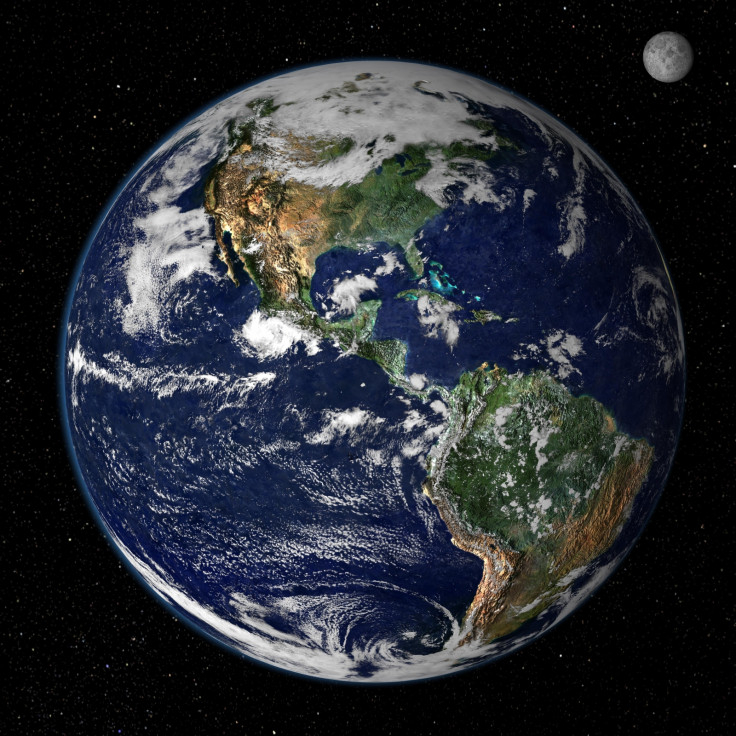Genetic ancestry of Americas shows how European and African migration shaped populations

The genetic ancestry of North and South America has been mapped for the first time, showing how great of an impact colonisation and the slave trade had on modern populations. Scientists compared the genes of current populations with Africans and Europeans, with over 4,000 DNA samples from 64 populations analysed.
The team, led by scientists at Oxford University, compared the 'donor' African and European DNA with 'recipient' American populations to see where their ancestors came from.
Explaining the research, study author Francesco Montinaro said: "We firstly grouped subsets of people in Africa and Europe who were genetically similar and used this fine scale resolution to find which combinations of these clusters resulted in the sort of mixtures that we now see in people across the Americas."
Published in Nature Communications, findings showed that most Latino and Hispanic populations share most of their genes with Spaniards. Southern Italy and Sicily provided a significant contribution to Colombia and Puerto Rico, fitting with the history of Italian emigrants to the Americas in the 19<sup>th and 20<sup>th century.
The Caribbean Islands of Puerto Rico and the Dominican Republic are most similar to each other genetically, and most distinct from other populations, suggesting a different migration pattern between the Caribbean and mainland US. In comparison, people from Caribbean countries had a larger genetic contribution from Africa.
Findings also revealed that the Basques, a distinct ethnic group in Spain and France, provided a small genetic contribution to South American populations, including the modern-day Maya in Mexico.
"The differences in European ancestry between the Caribbean islands and mainland American population that we found were also previously unknown," Study leader Capelli said. "It is likely that these differences reflect different patterns of migration between the Caribbean and mainland America."
Ancestors of current-day Yoruba people from West Africa provided the largest contribution of genes from Africa to all current-day American populations. African ancestry varied from almost 0% in the Maya people in Mexico to 87% in Barbados.
Garrett Hellenthal, from the UCL Genetics Institute, said: "We can see the huge genetic impact that the slave trade had on American populations and our data match historical. The majority of African Americans have ancestry similar to the Yoruba people in West Africa, confirming that most African slaves came from this region.
"In areas of the Americas historically under Spanish rule, populations also have ancestry related to what is now Senegal and Gambia. Records show that around a third of the slaves sent to Spanish America in the 17th Century came from this region, and we can see the genetic evidence of this in modern Americans really clearly."
Capelli added: "We found that the genetic profile of Americans is much more complex than previously thought. These results show just how powerful a genetic approach can be when it comes to uncovering hidden patterns of ancestry."
© Copyright IBTimes 2025. All rights reserved.






















